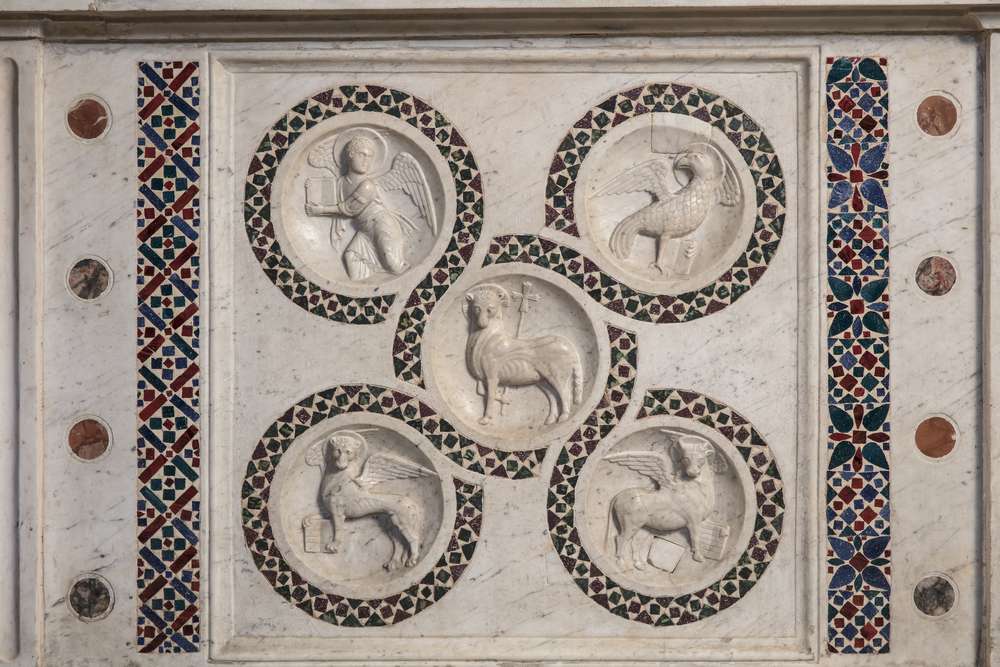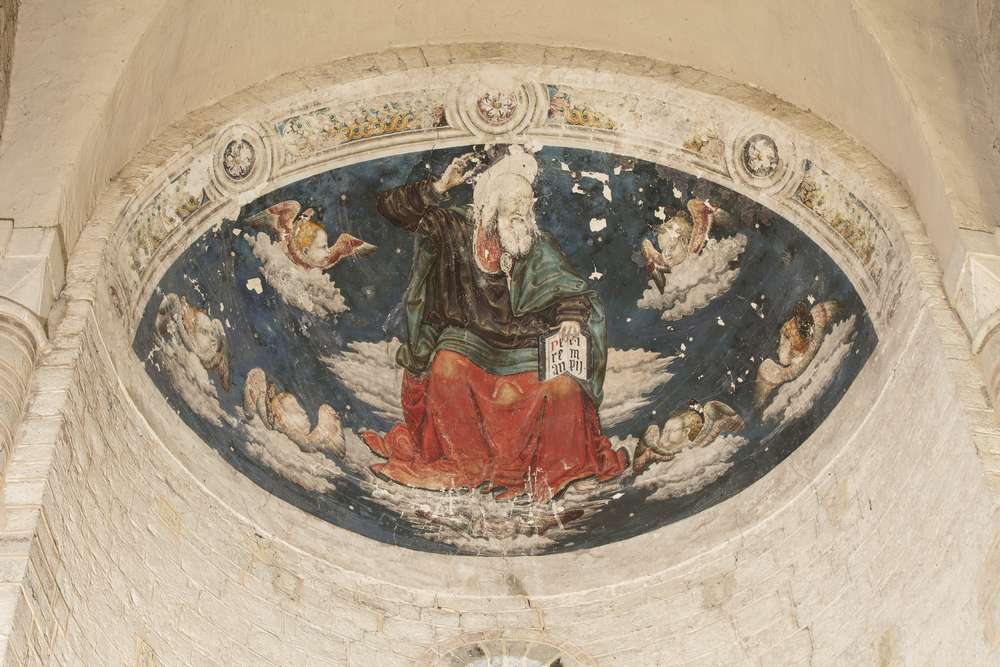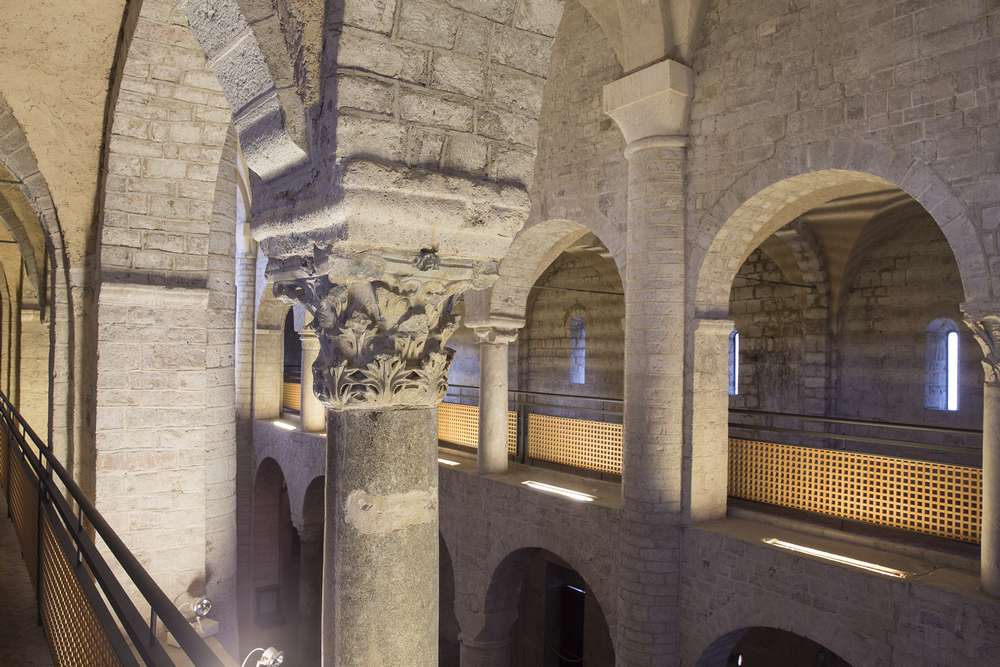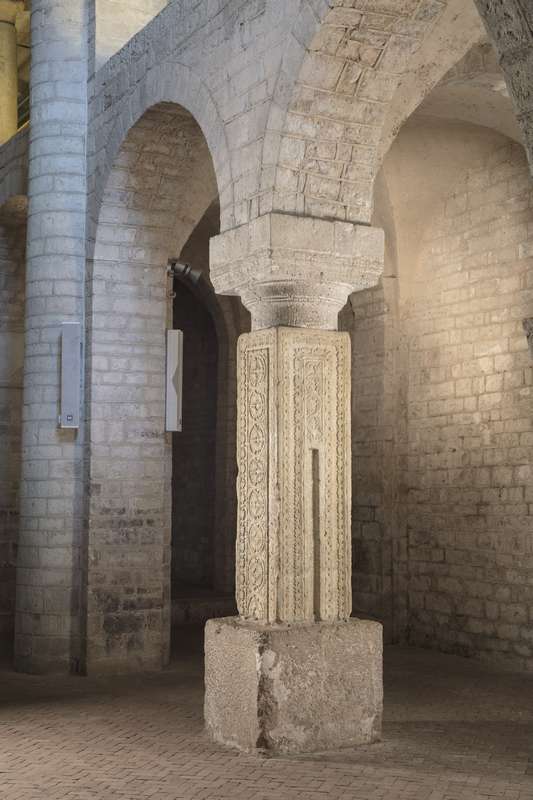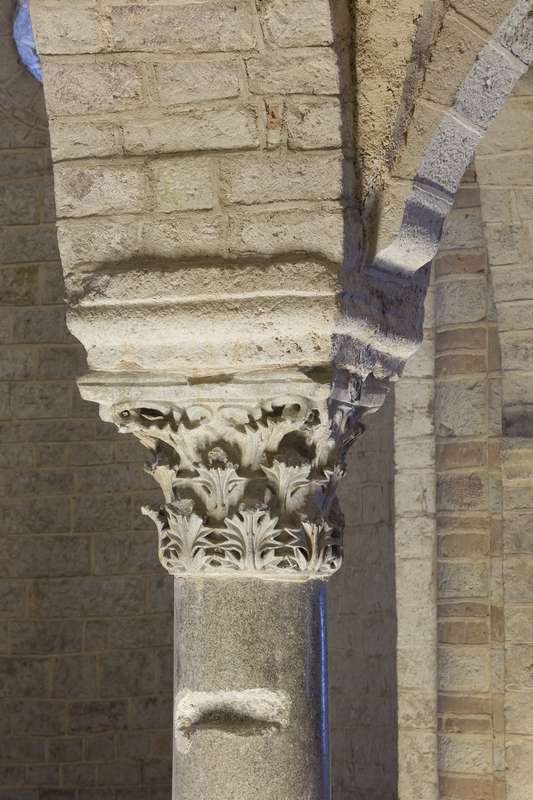Sant'Eufemia

Church of Sant'Eufemia
The church of Sant'Eufemia is one of the most remarkable Romanesque buildings in Umbria.
Its origins are still uncertain, although it is most likely to have been built on the site once occupied by the Palatium when Spoleto was ruled by the Longobards, who chose it as the capital of one of their dukedoms. Thus the church probably developed out of the Longobard dukes' palatine chapel, also dedicated to St. Eufemia.
A monastery of Benedictine nuns founded by Abbess Gunderada, a lady of Germanic origin, was attached to the church in the 10th century. The gallery running above the side aisles is all that remains of the area once used by the nuns to attend services in the church.
The convent was probably converted into the bishop's palace some time in the 12th century, when extensions being made to the Cathedral required that the bishop move from his earlier residence. The church was dedicated to St. Lucy by order of Bishop Marco Condulmer, a Venetian, in the 15th century.
In the interior, the cross-vaulted nave is flanked by two side aisles each surmounted by a gallery. The alternating columns and pilasters appear to reflect the Lombard Romanesque style, one of the most oustanding examples of which is the Basilica of Sant'Ambrogio in Milan.
The column between the second and third bays of the south aisle is a reused marble piece which may date back to the Longobard era. Square-based, it is decorated with elegant plant motifs on three sides.
The following pilaster on the south side has a fresco with a full-figure depiction of St. Lucy, while the next column has a fresco portraying the holy martyr St. Apollonia.
At the bottom of the nave stands a splendid marble altar which originally graced the Cathedral itself. It is adorned with Cosmatesque motifs and with five reliefs with the symols of the Four Evangelists and the Mystic Lamb.
The semi-dome of the apse is adorned with a 16th century fresco depicting God the Father with Angels.




